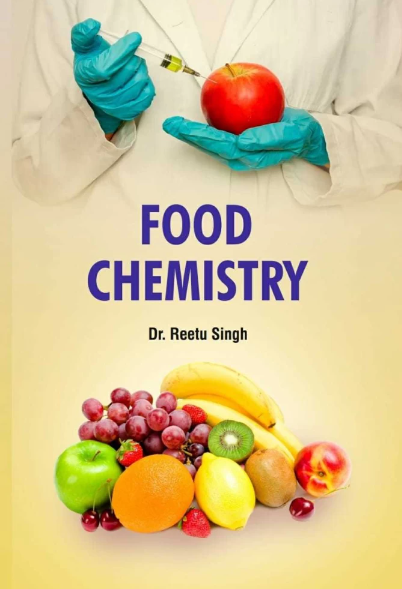Identifying key contributors to the sweet aftertaste of raw Pu-erh tea through analytical and sensory methods
IF 8.5
1区 农林科学
Q1 CHEMISTRY, APPLIED
引用次数: 0
Abstract
In this study, the key components contributing to raw Pu-erh tea (RAPT) sweet aftertaste were identified. Six RAPTs were investigated through sensory evaluation, mass spectrometry, and taste addition experiments, and 96 taste components of tea infusion were annotated and analyzed. Saliva analysis after drinking tea revealed that 27 components present in tea remained in the mouth. On the basis of the results of the multivariate statistical analyses, we hypothesized that alkaloids and flavonoids might influence the sweet aftertaste strength of RAPT. Finally, the results of the taste addition experiments revealed that theophylline and rutin are key components that significantly influence the sweet aftertaste intensity of the RAPT. This strategy can be used as a methodology for analyzing the taste of tea, and the results can provide an evaluation index for evaluating the quality of RAPT.


求助全文
约1分钟内获得全文
求助全文
来源期刊

Food Chemistry
工程技术-食品科技
CiteScore
16.30
自引率
10.20%
发文量
3130
审稿时长
122 days
期刊介绍:
Food Chemistry publishes original research papers dealing with the advancement of the chemistry and biochemistry of foods or the analytical methods/ approach used. All papers should focus on the novelty of the research carried out.
 求助内容:
求助内容: 应助结果提醒方式:
应助结果提醒方式:


